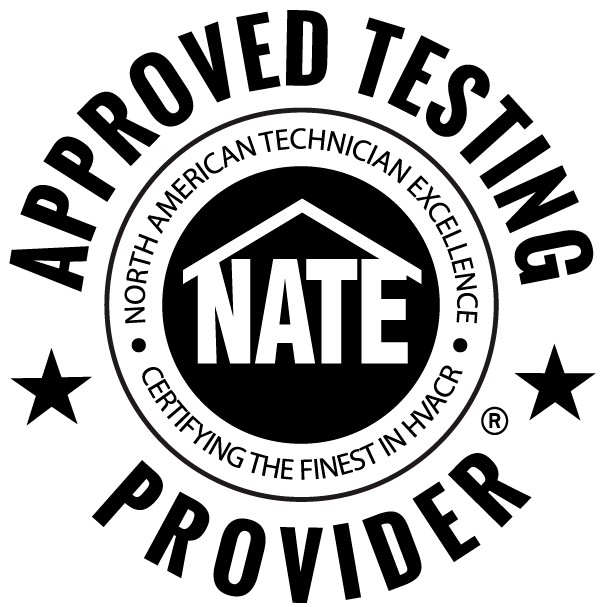There are many things you’d expect to make splashing or running water sounds – toilets, a garden hose, or a child taking a bath. But, when the culprit is your air conditioning unit, the unexpected nature may make you worry. There are a couple of reasons why your AC sounds like running water, but none of them should be ignored.
How do AC units work?
Whether you have a window unit or central air and heat, your air conditioner cools down your home by taking in the humid air, cooling it, and redistributing it back into your home. It’s no wonder that the result would be occasional condensation during the cooling process. For a central HVAC unit, this condensation is moved through the drain line into the drip pan. Typically, your AC unit evaporates the humidity.
Window units work in the same manner, but their drip pan is located at the bottom of the unit. That’s why it’s common to hear water moving around the unit. The only time you should be concerned is if you notice water dripping out of the unit and into the room. If properly installed, the window unit should be slightly tilted to the outside to allow extra drainage to dispense outdoors.
What is the water sound coming from your air conditioner?
If your central AC is making running water sounds, then the problem is likely caused by the condensate line or drip pan. Your AC unit may not be properly managing the humidity – causing the water to build up. This can happen when a drain line becomes clogged, causing the condensate line not to drain properly or when the drip pan becomes full and needs to be dumped.
A clogged drain line can cause a domino effect of problems. If the drip pan overflows, it can create excess water in your home. Excess water can then lead to mold, which is toxic for air quality and can create water damage inside your home.
How to Fix the Issue
If the water sound that you hear is an occasional dripping, then you can empty the drip pan to reduce the noise. But, if you’re hearing splashing or running water noises, you should follow these steps:
Step 1. Turn off the AC. You’ll be checking the drain line and drip pan, and to avoid condensation dripping while you empty a drip pan, you should turn off the unit at the thermostat and breaker panel – not to mention that you want to avoid the risk of an electric shock.
Step 2. Check the drip pan. An overflowing drip pan can cause water to pool in your home. Empty the drip pan to reduce overflow.
Step 3. Clean the condensate line. If your drip pan is overflowing, it’s likely to do with a clogged condensate drain line. By cleaning the drain line, you can remove any clogs and reduce the risk of the drip pan overflowing.
Step 4. Check the condensate pump. In some cases, an overflowing drip pan can be the cause of a broken condensate pump. If you cleaned the condensate line and didn’t see a clog, then this may be your issue. You should call an HVAC technician to repair the broken part.
Step 5. Replace your air filter. When your air filter becomes too dirty, it blocks airflow to your evaporator coil. This causes the coil to freeze over and drip excess water into the drip pan when it melts. By changing your air filter every one to two months, you can avoid this issue.
Step 6. Monitor your refrigerant levels. If you’re low on refrigerant, this can also cause the coils to freeze. Similar to a dirty air filter, the coils produce excess water when they thaw. If you’re low on refrigerants and you hear hissing or bubbling noises, you should call an HVAC technician immediately. This could be the result of a refrigerant leak, which is poisonous to you and your loved ones.
AC Service in Brevard County
At Colman, we can help you prevent an overflowing drain pan with routine maintenance checks as well as troubleshoot air conditioning issues. We also have a 24/7 AC emergency line. Call us if you need assistance ASAP, or if you need to schedule routine HVAC maintenance.
24-HR Emergency Service: (321) 269-4565








